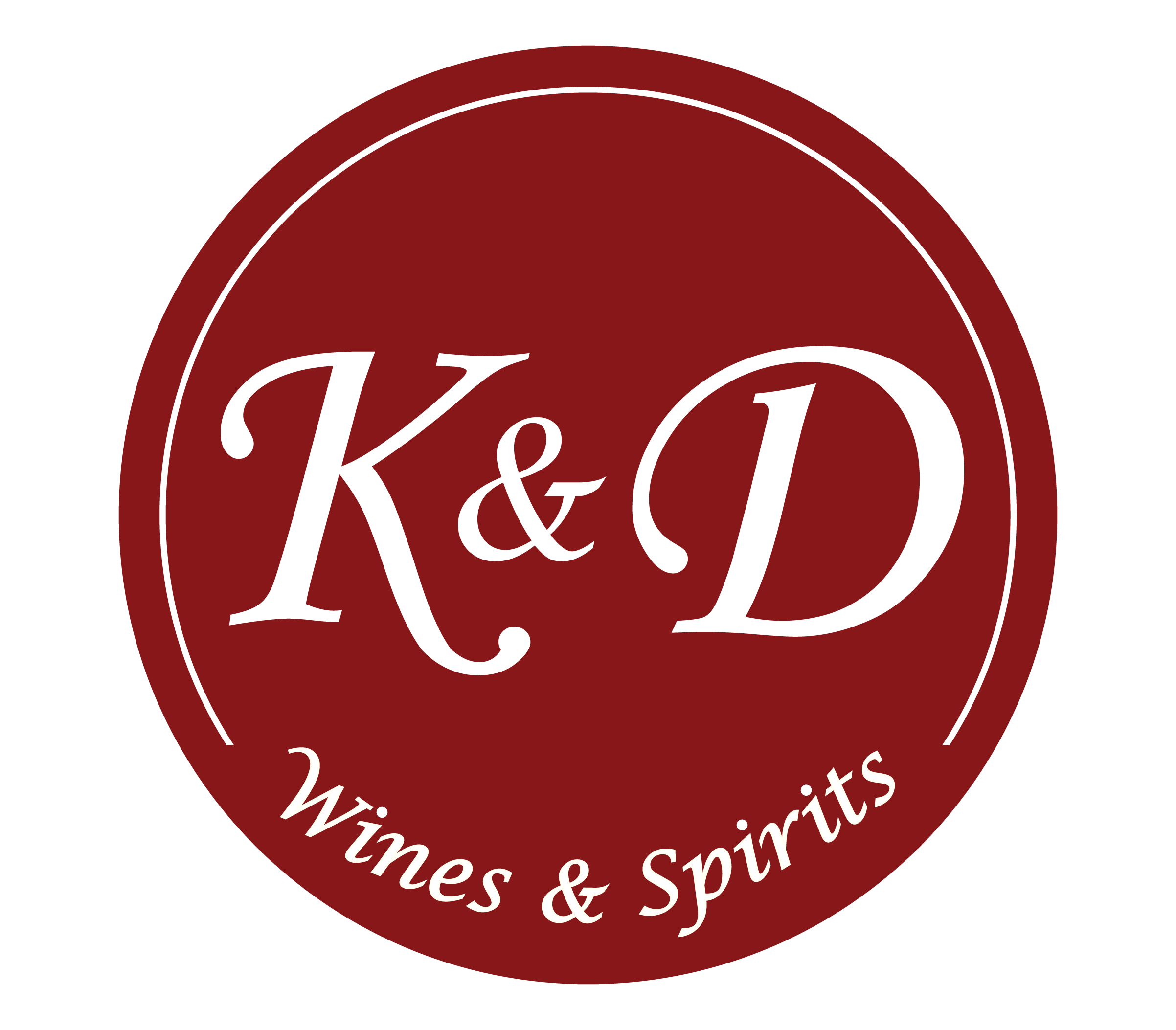Chateau Montelena - The Montelena Estate Napa Valley Cabernet Sauvignon 2018 (750ml)

Price: $225.99
| Producer | Chateau Montelena |
| Country | United States |
| Region | California |
| Subregion | Napa Valley |
| Varietal | Cabernet Sauvignon |
| Vintage | 2018 |
| Sku | 5756 |
Fresh and lively, the wine opens effusively with raspberry, mint and plum sauce. The baking spices soon follow, leaning clove initially but with plenty of cedar and vanilla. Still subtle, the ripe fruit elements, mostly cassis and fig at this stage, lurk beneath the surface along with beautiful hints of graphite and toasted sage, awaiting additional time in glass. Still very tightly wound, it’s the texture and mouthfeel that drive the palate initially. The tannins in particular are somewhat coarse but not so angular to overshadow the abundant dark fruit. The dynamic tension on the midpalate serves to focus and magnify the layers of black cherry, cocoa powder, and black pepper, before turning slightly earthy and dusty. The structure is pronounced, but still harmonious and well defined. It’s in the transition to the finish that the acidity materializes in almost candy-like fashion, a beautiful contrast to the supple tannins. Here the wine’s density shines elegantly, well balanced between smoky, espresso bean and delicate, dried blackberry. It’s the latter that defines the finish at this moment, persistent in length and depth.
Chateau Montelena Description
Chateau Montelena is one of the most prominent Napa Valley wineries. It was directly associated with bringing international recognition to the California wine industry through the 1976 Judgment of Paris. Based in Calistoga, it is famous for its varietal Cabernet Sauvignon and Chardonnay wines.
History of Chateau Montelena
The history of Chateau Montelena began in 1882, when the site of the modern winery was bought by Alfred L. Tubbs. Tubbs built the eponymous chateau and created the A.L. Tubbs Winery in 1888, and by 1896 it was the seventh-largest wine producer in California. Prohibition in the 1920s saw the end of the winery, although the Tubbs family continued to grow and sell grapes.
When Prohibition was repealed in 1933 winemaking resumed, A.L. Tubbs wines were unable to find their former success. Tubbs' grandson changed the name to Chateau Montelena, after the nearby Mount Saint Helena, but the winery was sold shortly afterwards. In 1972, Jim Barrett took over ownership and released the first vintage.
Chateau Montelena's real success came in the famous 1976 Judgment of Paris tasting, where its 1973 Chardonnay was deemed the best of a lineup of top wines from California and France. The top red wine, the Stag's Leap Cabernet Sauvignon, was also from California.
The victory upset the French dominance of the wine industry, catapulting California producers onto the international stage, and opening the door for New World producers. The tasting was covered in Time magazine by George Taber, who went on to write a book about it titled Judgment of Paris, which in turn inspired the 2008 movie Bottle Shock.
Since the tasting, a bottle of the winning vintage of Chardonnay has been put on display in the Smithsonian National Museum of American History, and the chateau was added to the National Register of Historic Places. Chateau Montelena also successfully led a petition of growers to form the Calistoga AVA within Napa Valley in 2010.
Vinous: 96 Points
The 2018 Cabernet Sauvignon Estate is impressive. Elegant and poised, the 2018 is a wine of reserve at this stage. Dark red/purplish berry fruit, mint, sage, spice, mocha, and dried flowers open first, followed by a kick of vibrant acids that lends notable energy throughout. All this young Cabernet needs is time in the bottle to fully come together. I won't be surprised if it turns out to be a touch more compelling than the 2019 tasted alongside it. Truth be told, both vintages are captivating, but for very different reasons. Superb.
Wine Advocate: 94 Points
The current-release 2018 Cabernet Sauvignon Estate (soon to be supplanted by the 2019) takes a base of ripe cherries and redcurrants, then accents them with delicate herbal-floral nuances. It's medium to full-bodied, restrained in the classic mold, silky and elegant, with a long, dusty finish tinged with lingering hints of menthol.
| Quantity: |













